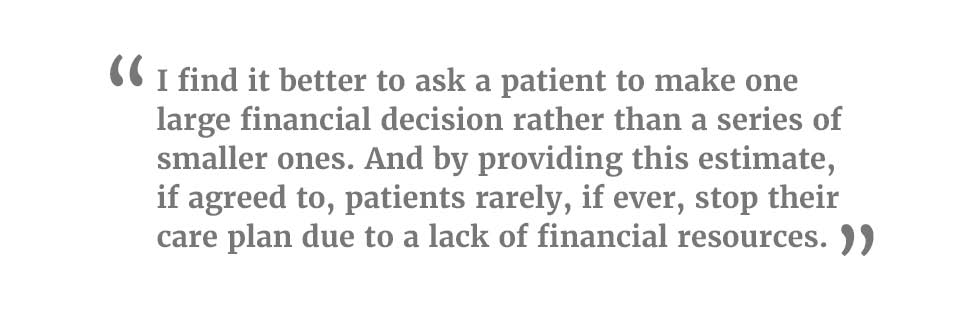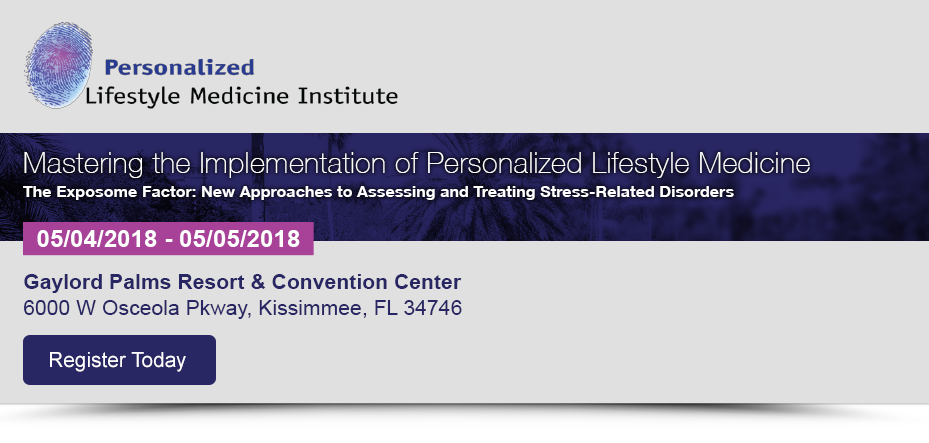We usually discuss stress and its effects on our patients, but today I’d like to discuss the impact of stress on the physician.
Physicians, and all health care practitioners, face innumerable stressful conditions every week. In my 18 years of clinical practice, some of the “biggies” have been related to documentation and electronic medical records, technology glitches, staffing and staff-related concerns, maintaining CE requirements, malpractice costs (and ALL costs in general) among others. Over the same time period, it seems these have intensified or even multiplied, and the cumulative effects are significant.
In a May 2011 survey, over 40% of physicians responded that they had experienced at least one symptom of professional burnout. In a follow-up study of over 6,800 physicians in 2014, by Dr. Tait Shanafeldt, more than 50% of physicians reported professional burnout. And in a newly released study from Medscape, in which more than 15,000 physicians among 29 specialties were studied, depression and burnout were reported in 48% of physicians in critical care and 47% in neurology and family practice.
Clearly, the nature of our profession lends itself to high stress, periodically if not persistently. But there are three chronic stressors that have consistently risen to the top in my nearly two decades in clinical practice. Here are my three stressors, as well as the effective strategies I have implemented to minimize their effects and restore enthusiasm, even joy, to my daily practice.
#1 Clinical Effectiveness
For many of us, despite our skill and our knowledge, there is a persistent and fluctuating feeling that there is another layer of knowledge, or another “wrinkle”
to our clinical paradigm that we must add in order to help a higher percentage of our patients achieve their health goals. And all of us know the feeling of dread in the pit of our stomachs each time we see the name of that particular difficult
patient who does not seem to improve no matter what we try.
- Core of tests vs. individual testing: When I made the jump from running one test and then the next, in sequence, to running four or more tests at the outset of the case, my clinical success jumped and we were able to help complex patients regain their health in shorter periods of time. It seems each time I skimp on testing, perhaps to save the patient money, I lose valuable information and prolong, even sabotage, my efforts to help the patient.
- Nutrition therapist: Never have I enjoyed such clinical effectiveness as when I hired a nutrition therapist to come alongside my patients and help them to achieve a sustainable anti-inflammatory diet.
- Orientation for new patients: We have found it invaluable to hold a one-hour orientation for new patients to set expectations. We do not allow patients to schedule an appointment until they have attended this free orientation. We discuss the merits of functional medicine, the services our office provides, and even the costs associated with both primary care and functional medicine. At least 85% of patients who attend the orientation schedule a first appointment. Those who do not often are not ready to commit to the costs or the change necessary to improve their health. Because of the orientation, we are working with highly motivated patients and our clinical effectiveness reflects that.
#2 Income
Regardless of our motivation for entering the medical profession, all of us have some expectation for personal income we can or should attain. For many of us, the actual income achieved has fallen
short of expectations. According to an Institute for Functional Medicine survey, the average personal income of a functional medicine practitioner is roughly $130,000/year. This would qualify as the lowest income among all medical specialties.
- Core of tests vs. individual testing: Again, moving to more comprehensive, upfront testing not only provides better clinical decision-making, but more nutrition and supplement sales.
- Personalized plans: We provide each new patient interested in health transformation a written plan. This plan specifies the functional tests we intend to run, an estimate of the number of office visits, supplement sales, time spent with our nutritionist and other possible services it will take to reach the patient’s health goals. I find it better to ask a patient to make one large financial decision rather than a series of smaller ones. And by providing this estimate, if agreed to, patients rarely, if ever, stop their care plan due to a lack of financial resources.
- Group Visits: Otherwise known as shared medical appointments, we hold evening classes to discuss hormones and stress, eating and intestinal health, detoxification and others. Class sizes vary from four to 12 patients, and we bill each patient’s insurance for a 15-minute office visit for this 90-minute class. This has increased our patient volume, our revenue, and opened valuable time slots on our daily schedule.

#3 Balancing work demands and personal interests
Patient care, clinical education and even running a business can all make heavy demands on our time. It’s very easy for committed practitioners to immerse
themselves in a passionate pursuit and become hopelessly swallowed up by the obligations that have sprouted around them.
- Medical scribe: Whether you continue to take insurance or move to a cash practice effective documentation takes time. I now use a medical scribe for all encounters and this has eliminated over 90% of the time I used to spend documenting in my electronic medical record. The remaining 10% is accomplished in far less time with the use of a speech-to-text software (which I even used to write this blog post!)
- Timed office visits: Much like a psychiatrist or counselor, we now give patients a five-minute warning as we approach the end of their appointment. This ensures I have time to finish my documentation and prepare for my next appointment. Patients have not objected in any way, and it has eliminated significant chaos and stress from my daily practice.
- Improved hiring practices: The most fundamental shift we’ve made in selecting our staff is to bring in an HR professional who has trained and equipped our staff to utilize competency-based job descriptions, strengths assessments, and behavioral-based interviewing. Patients and other professionals routinely comment on our welcoming and well-run office environment. The money spent on HR expertise has been well worth it and my stress levels associated with running a business have never been lower.
All of us expend considerable time, some of us a lifetime, invested in caring for and restoring patient health. We owe it to ourselves, our patients, our practices and our families to prioritize self-care and to keep our own stress at manageable levels so as not to suffer the effects of burnout. I hope the ideas above will provide you food for thought and implementable ideas to help you “de-stress” your clinical practice.

Christopher Mote, DO, DC
Christopher Mote, DO, DC, earned his doctorate in osteopathy from the Chicago College of Osteopathic Medicine at Midwestern University. He earned his doctorate in chiropractic and Bachelor of Science in human biology from the National University of Health Sciences (NUHS) in Lombard, Illinois, and is certified in Functional Diagnostic Medicine. Dr. Mote also serves as the ARK Stress Recovery Program Clinical Expert at the Lifestyle Matrix Resource Center. With a focus on addressing the root cause of health concerns, Dr. Mote specializes in the diagnosis and treatment of chronic health disorders.
Join Dr. Mote at the upcoming Personalized Lifestyle Medicine Institute Spring Conference in Orlando, FL.




